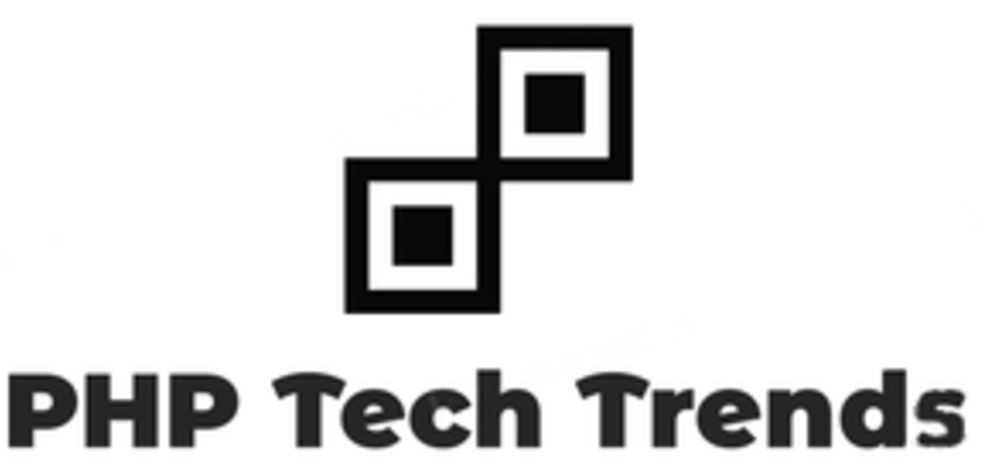The world of media and entertainment is constantly evolving, embracing new technologies to captivate audiences in innovative ways. One such technology that has revolutionized the industry is the Internet of Things (IoT). Now, imagine combining the power of IoT with the versatility of PHP – a dynamic programming language widely used for web development. The result? A groundbreaking transformation in how we experience and consume media and entertainment. In this blog post, we will explore the exciting possibilities that arise when PHP meets IoT, uncovering its potential to reshape this vibrant sector. So grab your popcorn and get ready for a captivating journey into the realm where code meets creativity!
How IoT is transforming the Media and Entertainment Sector
The advent of IoT has revolutionized several industries, and the media and entertainment sector is no exception. With the integration of IoT devices, this industry has witnessed a transformation that has enhanced user experiences like never before.
One significant way in which IoT is transforming the media and entertainment sector is through personalized content delivery. By collecting data from users’ connected devices, companies can gain valuable insights into their preferences and behavior. This enables them to tailor content recommendations based on individual interests, resulting in a more engaging and immersive experience for consumers.
IoT devices have enabled seamless connectivity between various platforms within the media and entertainment ecosystem. For example, smart TVs can now integrate with smartphones or tablets to provide synchronized viewing experiences across multiple screens. This level of interconnectivity not only enhances convenience but also opens up new avenues for interactive storytelling.
IoT-powered analytics tools have become invaluable assets for media companies. These tools enable real-time monitoring of viewership patterns and engagement levels, helping creators make data-driven decisions about content production and distribution strategies. By understanding audience preferences better, companies can create targeted marketing campaigns that resonate with their target demographic.
IoT has also facilitated advancements in live events such as concerts or sports matches by enabling improved crowd management systems. Smart sensors integrated into venues can monitor factors like crowd density or temperature in real time to ensure safety protocols are followed effectively.
The integration of PHP with IoT technology offers immense potential for further growth and innovation in the media and entertainment sector. As we move forward into an increasingly connected world, it will be fascinating to witness how these advancements continue to shape our digital experiences.
Benefits of using PHP for IoT in the industry
PHP, which stands for Hypertext Preprocessor, is a widely used programming language that has found its place in the world of Internet of Things (IoT). As businesses across various industries embrace IoT technology to improve efficiency and enhance user experiences, PHP proves to be a valuable asset.
One key benefit of using PHP for IoT in the media and entertainment sector is its versatility. With PHP, developers can easily integrate different devices and platforms together seamlessly. This flexibility allows media companies to create innovative applications that connect smart TVs, smartphones, wearables, and other IoT devices.
Another advantage is the extensive community support available for PHP. The large community behind this programming language ensures continuous development and improvement. Developers can rely on numerous libraries and frameworks specifically designed for IoT projects with PHP. This makes it easier to build robust and scalable solutions tailored to the unique requirements of the media and entertainment industry.
PHP offers excellent compatibility with databases commonly used in the industry such as MySQL or PostgreSQL. This enables efficient data management processes required by media companies dealing with vast amounts of content streaming from multiple sources simultaneously.
Security is crucial when dealing with sensitive user data in the media sector. Fortunately, PHP provides several built-in security features that help safeguard information transmitted between connected devices while ensuring privacy standards are met.
Using PHP for IoT projects significantly reduces development time due to its simplicity as a scripting language. This means faster deployment of new applications or services within tight production schedules often faced by media companies striving to stay ahead in this fast-paced industry.
Real-life examples of PHP and IoT in action
Real-life examples of PHP and IoT in action showcase the immense potential that this combination has in revolutionizing the media and entertainment sector.
One such example is the integration of IoT devices with PHP-based platforms to enhance user experiences at live events. Imagine attending a music concert where smart wristbands equipped with sensors are distributed to attendees. These wristbands can connect to PHP-powered systems, allowing users to interact with the event in real-time. They can participate in polls, vote for their favorite songs, or even control stage lighting effects through simple gestures.
Another application of PHP and IoT can be seen in smart homes and digital signage systems. With PHP as the backend language, connected devices like televisions, audio systems, lights, and cameras can be controlled seamlessly through a centralized system powered by IoT technologies. This enables personalized content delivery based on user preferences or contextual data gathered from sensors within the environment.
PHP combined with IoT has enabled advancements in virtual reality (VR) and augmented reality (AR) experiences. For instance, using headsets integrated with motion-tracking sensors and cameras linked to a PHP platform allows users to immerse themselves fully into interactive gaming environments or explore virtual museums.
These real-life examples demonstrate how PHP and IoT have transformed traditional media channels into interactive ecosystems where users actively participate rather than passively consume content.
Challenges and Limitations of implementing PHP and IoT in the industry
1. Security Concerns: One of the biggest challenges when it comes to implementing PHP and IoT in the media and entertainment sector is ensuring robust security measures. With an increasing number of connected devices, there is a higher risk of unauthorized access or data breaches. It is crucial for developers to prioritize security protocols to protect sensitive information.
2. Compatibility Issues: Another limitation lies in ensuring compatibility between different platforms, operating systems, and devices. Since PHP is primarily used for web development, integrating it with IoT devices can be complex due to varying hardware configurations and software requirements.
3. Scalability: As the demand for IoT solutions continues to grow, scalability becomes a significant challenge. Building an infrastructure that can handle massive amounts of data generated by interconnected devices requires careful planning and optimization.
4. Data Management: Managing the vast amount of data generated by IoT devices poses its own set of challenges. Efficiently storing, processing, analyzing, and extracting meaningful insights from this data requires advanced techniques such as big data analytics.
5. Cost Considerations: Implementing PHP-based solutions for IoT may involve additional costs related to hardware procurement, system integration, training staff on new technologies, maintenance expenses, etc.
6. Reliability and Performance: Given that real-time interactions are essential in the media and entertainment sector (e.g., streaming services), maintaining reliable performance across various network conditions can be challenging when dealing with numerous connected devices simultaneously.
Future Possibilities and Advancements
The future of PHP and IoT in the media and entertainment sector holds immense potential for innovation and growth. As technology continues to advance at a rapid pace, we can expect even more exciting developments in this field.
One area that shows promise is the integration of virtual reality (VR) and augmented reality (AR) with PHP-powered IoT devices. Imagine being able to immerse yourself in a virtual concert or experience an interactive movie where you can control the storyline based on your preferences. With PHP’s flexibility and scalability, combined with IoT’s ability to collect real-time data, these possibilities are becoming increasingly attainable.
Another exciting advancement lies in personalized content delivery. By leveraging IoT-connected devices, media companies can gather valuable insights about user preferences, allowing them to tailor their content offerings accordingly. This targeted approach not only enhances user experience but also enables businesses to build stronger customer relationships by delivering relevant content directly to their audience.
As AI technologies continue to evolve, we may witness advancements in automated content creation using PHP-powered IoT systems. From generating personalized playlists based on individual listening habits to creating customized news articles based on specific interests, AI-driven algorithms have the potential to revolutionize how media is produced and consumed.
The proliferation of smart home devices opens up new avenues for integrating PHP with IoT technologies. Imagine controlling your entire entertainment system through voice commands or seamlessly syncing different devices throughout your home for a fully immersive multimedia experience – all enabled by PHP-powered IoT solutions.
It is evident that the marriage of PHP with IoT has already begun transforming the media and entertainment industry into an interconnected ecosystem offering endless possibilities for enhanced user experiences.
Conclusion
The integration of PHP and IoT has revolutionized the media and entertainment sector, opening up new possibilities for innovation and enhanced user experiences. With PHP’s flexibility, scalability, and vast community support, developers have been able to create seamless connections between devices, applications, and platforms within this industry.
The benefits of using PHP in combination with IoT technologies are evident. From optimizing content delivery to personalized recommendations based on user preferences and behavior analysis, PHP enables businesses in the media and entertainment sector to offer tailored experiences that captivate audiences.
Real-life examples such as smart TVs with integrated streaming services or interactive mobile apps demonstrate how PHP can transform traditional forms of media consumption into immersive digital experiences. These innovations not only enhance user engagement but also provide valuable data insights for companies looking to make informed business decisions.
Looking ahead to the future of PHP in IoT for the media and entertainment sector shows promising advancements on the horizon. As technology continues to evolve rapidly alongside changing consumer behaviors and demands, we can anticipate even more innovative solutions leveraging PHP’s capabilities. This includes further integration with AI technologies such as machine learning algorithms that can analyze vast amounts of data in real-time to deliver hyper-personalized content suggestions.

